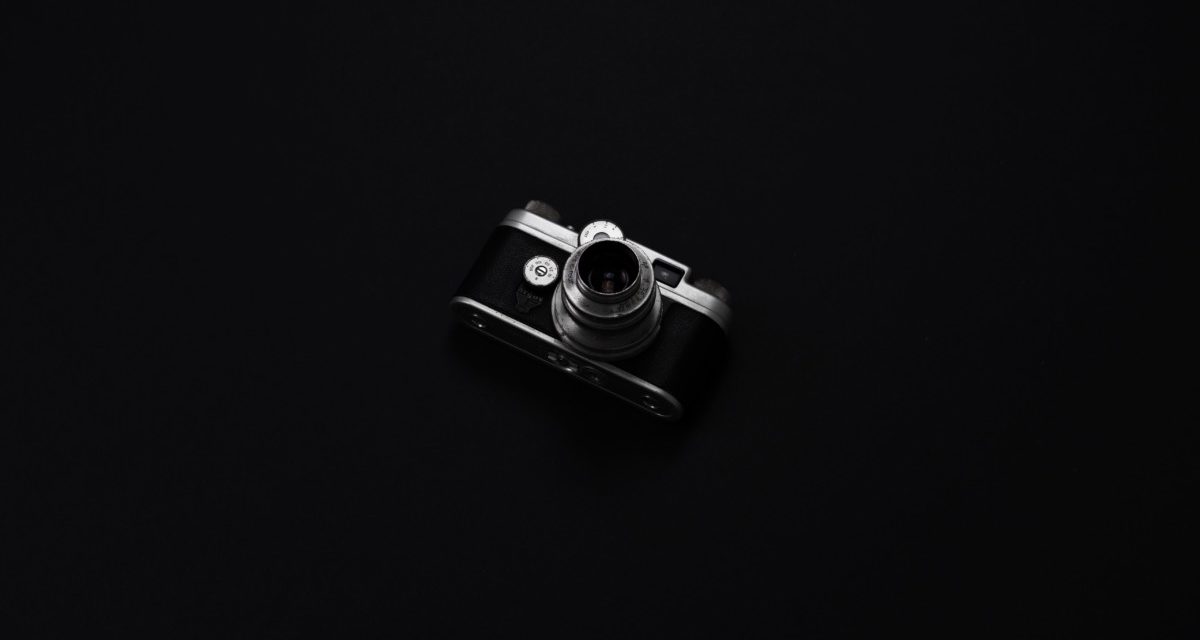Digital cameras are now common place, nearly every household has at least one. The thing is that there are so many to choose from, that its difficult to make a decision about which one will suit you best. Do you go for a high mega pixel, or a high zoom? Do you go for an SLR (they are the really good digital cameras, but require some skills) or for a compact camera (which can be really good, but take less knowledge of photography)?
Our old digital camera was a Samsung, and as with most technology, it has quickly become outdated and difficult to use. There is a long delay between taking photographs and the speed when taking photographs is slow, therefore you sometimes miss that crucial shot! This can be quite frustrating and you can miss vital moments, especially when taking photographs of things like your children's sports day.
Due to the problems encountered with our old camera, I found myself taking more and more photographs using my cell phone! My cell phone does have a good camera and takes better close up photographs than my old digital camera, a lot of my recent photographs have needed to be close up shots of small things. Hence the decision to buy a new camera.
We have looked at many camera's one of the cheapest and best SLR Cameras that we looked at was a Canon that cost around £150 – this was being used to take portrait photographs in a film processing shop in our local town. Unfortunately we only had around £60 with which to purchase a camera and so had to get the best for our money.
So what can you get for around that price mark? It has to be a compact digital camera for that kind of money and we tried several. The shop that we used was very helpful allowing us to try each camera in our price range to see how easy they were to use, to see the quality of the photographs that the cameras could take and to feel the quality of the device that we were purchasing. All of the cameras offered were on sale at £50-£60 – reduced from their original prices.
I took photographs with all of the cameras that were within our price range – an Olympus (10 Megapixel), a Samsung (10 Megapixel) and a Rollei (8 Megapixel). I took general photographs and full zoom photographs to check on quality, especially looking at graining on the full zoom photograph, as I use the zoom function a lot when taking photographs.
The Samsung was first (at £49.99 reduced from £64.99), and being the same make as our old camera, I did not expect too much. I was not disappointed! The camera still had the delay on it, just like our outdated one, but the quality was excellent as was the build quality. Next came the Rollei Compactline 80 (on offer at £54.99 reduced from £79.99). I had never heard of these cameras before, they are a little known German make. The photographs I took were excellent – the quality is extremely sharp, and the full zoom is just as sharp – no graining at all. There is a slight delay between shots, which is not the best. The build quality did not feel too good – the camera felt “plasticy” and delicate. The final contender was the Olympus (reduced from £99.99 to £59.99) the biggest reduction, and you would think with a name like Olympus, the best camera. Unfortunately I was disappointed. The camera was of excellent quality and felt expensive, it was easy to use and there was little delay between shots. The problem came on full zoom, which unlike the other two was VERY grainy. I immediately turned it off and gave it back!
I opted for the Rollei, not happy to take another Samsung. I had to purchase an SD card to save the images, which at £10 made the price £5 over my budget. The camera has been excellent. It has many great features – you can choose the quality of photograph (from 8 megapixel to VGA through 2 megapixel increments); it has a 6MB internal memory, although this would only allow you to take around 3 photographs at the 8 megapixel quality (!); you can do basic editing; show your pictures as a slideshow; rotate, resize; frame an image; and a voice memo! It takes both photograph and video footage.
I found it very easy to use, and the settings menu extremely easy to navigate. The menu when in camera mode is simple and self explanatory. In the box you get a “Quick Start Guide”, user guide and photo editing software CD ROMS, a wrist strap, a neck strap and a USB cable (which is extremely important as this camera does not have a standard USB connection).
The downsides with this camera are: the delay between taking images (a green LED flashes until it is ready to take the next image), the “instruction” book that comes with the camera is very basic and therefore you have to “Play” with the camera to figure out how it works, the USB cable – if this one gets lost, I would not be able to get a replacement easily and the “plasticy” feel of the camera.
All of this said, the quality of the images it takes is fantastic, when you consider the price I paid for the camera. This to me far out weighed the feel of the camera and the lack of instructions. I am more than happy with my purchase and I am sure you would be too. Although it's a little known make, give them a chance – where would Samsung, Olympus and Canon be today, if they had been ignored when they first arrived on the market?

